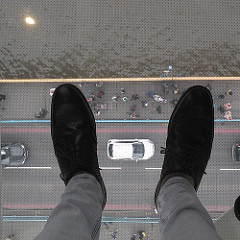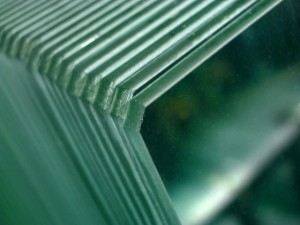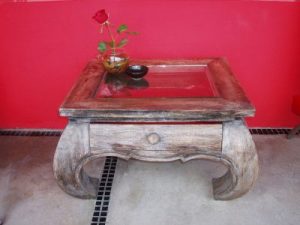Some pretty neat glass bridges
Glass bridges for the brave and not-so-brave
A well-constructed bridge is an engineering marvel, and many creative and awe-inspiring bridge designs are in use around the world today. If you don’t typically think of glass as being a good material for bridges, you’re not thinking creatively enough! An all-glass suspension bridge opened last year in China. The Haohan Qiao (Brave Men’s Bridge) is a 900-foot span between two cliffs in the Shiniuzai National Geological Park in Hunan Province. The bridge is suspended 600 feet in the air. If you love the idea of walking on glass suspended 55 stories in the air, then you should consider planning a trip to China. A second glass bridge – this one 1,200 feet long and 1,300 feet in the air (120 stories high) – is under construction in the Zhangjiajie National Forest. It’s expected to open to tourists in 2016.
If being that high up is unnerving, consider visiting the Tower Bridge in London, instead. In 2014, the Tower Bridge unveiled twin glass walkways suspended 138 feet directly above the Tower Bridge and the River Thames. Each walkway is 36 feet long and 6 feet wide. The walkways provide an excellent view of the river, and the Tower Bridge, which opens on average 2.3 times per day.
If that’s still too far off the ground, the next time you’re at Dulles International Airport in Washington, DC, check out the Automatic People Mover station in the main terminal. Inside the terminal, you’ll find two glass bridges that carry pedestrians over the People Mover trains. The bridges use more than 7,000 square feet of 1-5/16ths inch-thick glass that’s lit from below.
If you’re looking for inspiration for a glass paint project, please check out the rest of our site. If you’d like to purchase Glassprimer™ glass paint, please visit our online store .
Photo Credit: Mike Fleming, via FreeImages.com



